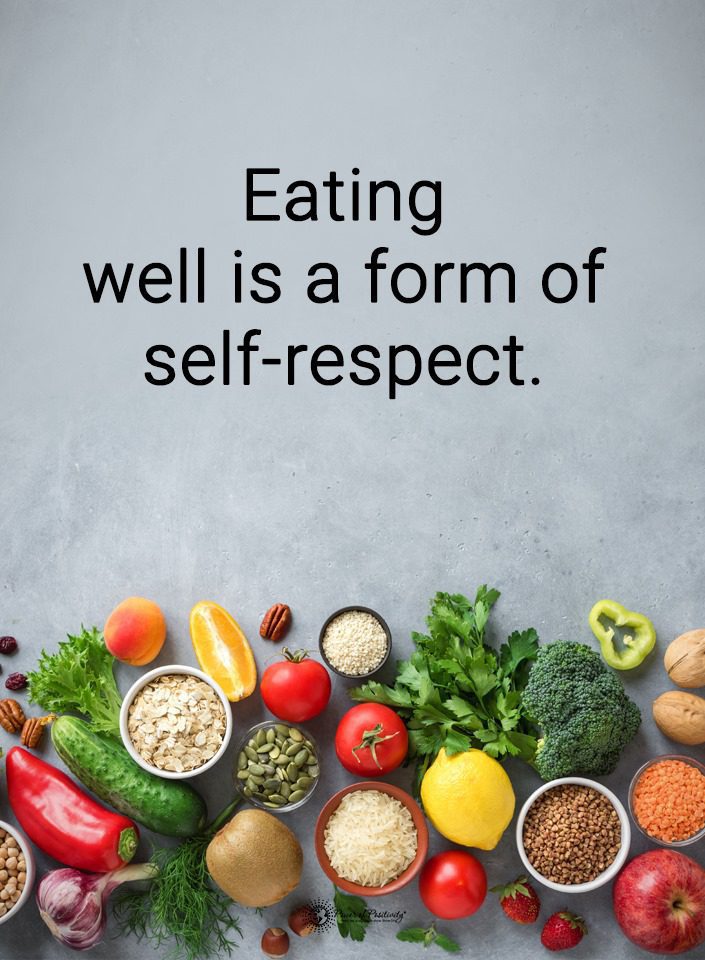What brings out the child in everyone more than a piece of chewing gum? Not only is it tasty, but it can freshen your breath, and you can use it to blow bubbles too. However, can this iconic confection be doing you more harm than good?
When you pop this chewy candy in your mouth, have you ever considered its history behind it? Bubblegum has only been around since the late 19th century. However, people all over the world have chewed on naturally gummy substances for thousands of years.
The first thing people chewed for taste and medicinal reasons was tar from various plants and trees. Archeologists have found evidence of Europeans chewing on birch resin to freshen their breath and to relieve toothaches. Ancient Egyptians, Greeks, and Romans also chewed on barks and resins for the same reason.
The Mayan culture is rich with discoveries that were advanced for their time. One of the many things they discovered centuries ago was chicle. This gummy substance comes from the native sapodilla tree. According to records, Mayans kept a wad of chicle in their mouth to stave hunger and thirst for a while.
The Aztecs’ cousins also used chicle and even set a code of manners about chewing it. It wasn’t long after the European invasions that chicle was introduced to the countries of Europe. Natives of North America chewed resin from spruce trees and introduced it to the European colonists.
Modern Chewing Gum
 Taking from the Native American tradition of chewing spruce resins, John Curtis established the first official factory in Portland, Maine, in 1840. The product didn’t go over well with the public since it tended to get brittle and didn’t taste good. Other chewing gum inventors across the country tried to invent a product that would be tasty and would stay soft and chewy.
Taking from the Native American tradition of chewing spruce resins, John Curtis established the first official factory in Portland, Maine, in 1840. The product didn’t go over well with the public since it tended to get brittle and didn’t taste good. Other chewing gum inventors across the country tried to invent a product that would be tasty and would stay soft and chewy.
When inventor Tom Adams of New York was introduced to the Mexican chicle, he decided it would be a better chewing ingredient than spruce resin. His product had a pleasant taste and wouldn’t get brittle when people chewed it. By the late 1880s, his company was producing bubblegum for stores across the country.
The godfather of the industry was a salesman named William Wrigley, Jr. After having success selling soap and baking powder, Wrigley went into the bubblegum business. He invented two classic flavors that are still popular today.
The Advent of Real Bubblegum
However, these products were only meant to chew and really couldn’t produce bubbles. Fleer, another bubblegum company, wanted a product that people could chew and blow real bubbles. In 1928, Fleer produced the first authentic bubblegum, and people across the world have been blowing and popping bubbles ever since.
At first, these chewing sticks were flavored with mint or cinnamon to freshen people’s breath and perhaps calm a queasy stomach. When bubblegum was invented, it was mixed with a cocktail of artificial fruity flavors that created its imitable “bubblegum” taste. Its iconic pink color was to make it more appealing to consumers, especially children.
Bubblegum in Pop Culture
Everyone has a favorite brand of bubblegum. You probably grew up chewing a particular brand and stuck with it throughout adulthood. Maybe you had contests with your friends to see who could blow a giant bubble.
Bubblegum has played a considerable role in American pop culture. It’s been represented in music, art, books, and media. You probably remember the classic children’s hands play rhyme, “Bubblegum, bubblegum in a dish, how many pieces do you wish?” Bubblegum was a favorite among the cool kids of the 1950s, as well as barhops and waitresses.
It became such a fad that many schools made rules against having bubblegum in class. It was often taboo for adults to chew in public because people said it looks like a cow chewing its cud. The infamous bubblegum under the seats and tables was the pet peeve of many custodians and cleaning staff.
Is Bubblegum Bad for You?
The benefits and risks of chewing bubblegum have been an ongoing debate. Most people chew on bubblegum all day and don’t think about it. Maybe you wouldn’t think of going to work or out on a date without a breath-freshening stick of this chewy candy.
Yes, chewing gum may help you avoid cravings when you are trying to diet. Many people have successfully quit smoking by using bubblegum to nix their cravings. Plus, it’s always handy to have a stick of bubblegum to freshen your breath after a spicy meal with onions or garlic.
If you consider sugarless bubblegum, it can have some benefits. If you are dining out and can’t brush your teeth afterward, a stick of bubblegum can help clean your teeth. The chewing action and stickiness of the bubblegum can remove small particles of food before they turn into harmful plaque.
Seven Risks of Chewing Too Much Bubblegum:
Bubblegum is certainly a healthier alternative to chewing tobacco or snuff. However, some healthcare experts point out that chewing bubblegum can pose some health problems. Here are seven things that can happen to your body if you chew too much gum.
 1. Bubblegum is Loaded with Sugar
1. Bubblegum is Loaded with Sugar
Are you craving something sweet, and you don’t have anything on hand? Just pop a stick of bubblegum in your mouth, and it can satisfy your sweet tooth. However, the extra sugar your chewy treat has isn’t good for your health. Dentists warn that chewing too much sugary bubblegum can cause tooth decay and disease.
Although most bubblegum brands range in about 11 calories a stick, those calories can add up if you chew several pieces a day. Additionally, the extra sugar in your mouth can make you crave more sugar. When you start eating more sugary snacks, it can lead to obesity and other health issues.
2. Artificial Sweeteners
Some bubblegum companies got the big idea to use artificial sweeteners in their products to appease dentists and other healthcare professionals. They hoped that the public would try their “sugar-free” products and wouldn’t worry about sugar anymore. One company boldly advertised that dentists recommended their sugar-free product to patients who chewed bubblegum.
You may feel good about kicking the extra sugar when you chew sugarless bubblegum. However, artificial sweeteners are a risk factor of their own. Countless studies about the health dangers of artificial sweeteners can’t be ignored. Some experts say that sugar may be safer than artificial sweeteners.
3. Jaw Disorders
If ever your teeth and jawbone got a workout, chewing bubblegum would do it. As soon as you put the fruity or minty stick in your mouth, you can chew on it for hours. Such a lengthy workout may not be healthy for your jawbones.
Many people who are bubblegum addicts often develop pain in their jawbones, especially in the joints connected to the skull. These joints, called your temporomandibular joints, can get inflamed and painful from injury or repetitive motion. You can also develop muscle fatigue in your jaw and mouth.
4. Headaches
Do you have unexplainable headaches during the day? Your bubblegum chewing habit may be the blame. You may be one of the many people who chew bubblegum when stressed.
Constant and heavy chewing can not only affect muscles in your jaw and mouth, but it can cause tension in your head and neck. The result can be a tension headache that will only get worse with chewing. It’s a point worth considering when you talk to your primary healthcare provider.
5. Tooth Decay
Many bubblegum products remain full of sugar, and some products have a blend of sugar and artificial sweeteners. However, chewing sugary bubble gum can wear your tooth enamel and cause decay and cavities. Sugar also creates a haven for harmful bacteria that’s responsible for dental issues.
6. Tooth Deformities
Do you want to wreck a smile that your parents paid thousands of dollars for back when you got braces? Chronic bubblegum chewing can potentially cause tooth deformities, especially if you only chew on one side. It can cause your molars to misalign and affect your entire smile.
7. Chewing Bubblegum Can Interfere with Healthy Eating Habits
Since sugary gum is a candy, what are children more likely to choose, a healthy snack or candy? Instead of getting the satisfying crunch and nutrients from fruit and veggies, you may reach for a stick of bubblegum. A diet lacking in fruit and vegetables can lead to malnutrition, obesity, or other eating disorders.
 Final Thoughts on Chewing Gum
Final Thoughts on Chewing Gum
Enjoying a stick of bubblegum is engrained in our culture. However, it’s important to remember to do it in moderation, especially with the brands that contain sugar. If you crave something tasty to chew, why not reach for a carrot or celery stick one in a while for the extra vitamins.



















